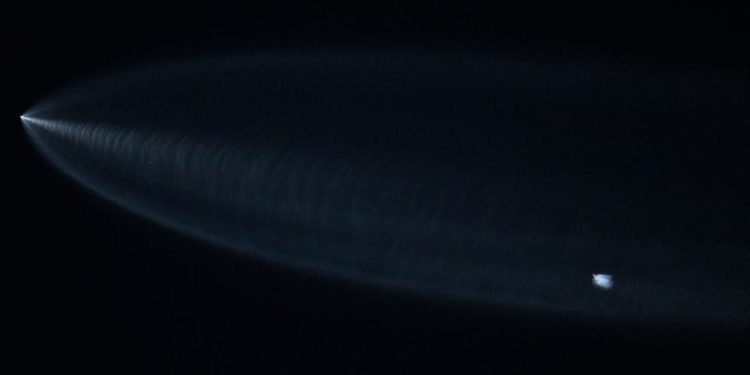According to space trackers, up to four satellites from Elon Musk’s massive Starlink constellation fall to Earth every day.
Jonathan McDowell, an astronomer at the Harvard-Smithsonian Center for Astrophysics in the United States, recorded on average between one and two Starlink satellites deorbiting each day in 2025.
This figure is expected to rise to around five per day as SpaceX continues to expand its space internet constellation.
Videos of Starlink satellites falling to Earth have appeared on social media in recent weeks, sparking concerns about the risk they could pose to people on the ground.
There are currently around 20,000 objects tracked in low Earth orbit, including 12,000 active satellites. – Including 8,500 Starlink satellites.
With a lifespan of approximately five years, Starlink satellites are deliberately designed to burn up entirely in Earth’s atmosphere before reaching the ground. So while the events may appear alarming as they spread across the sky, they are not dangerous.
Dr McDowell warned that other objects re-entering the atmosphere could pose a significant threat because they are not controlled by their operators.
“Every few months there is a report that a piece of space hardware re-entered space ends up on the ground as a large piece of debris,” he said in a recent conversation with space news publication EarthSky.
“So several times a year we shoot people on Earth and luckily so far we’ve disappeared. So far we’ve been very lucky, but that won’t last.”
Deorbiting Starlink satellites may not pose a risk to humans, but Dr. McDowell said it could still prove problematic.
Scientists are still trying to understand what impact this rate of deorbits could have on the Earth’s atmosphere.
Pollutants from combustion, such as aluminum oxide particles, could contribute to warming of the atmosphere.
“It’s not really clear yet, even in the megaconstellation era, (whether) these effects will be large enough to be really problematic, but it’s not clear that they won’t be,” Dr McDowell said.
“This research is ongoing right now, and if it turns out that we are already causing damage to the atmosphere in this way, we will have to rethink some of our disposal strategies.”









